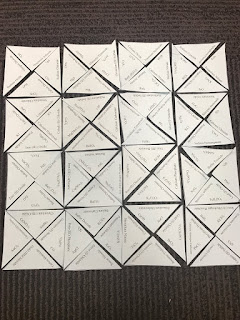Lab 7: Reactions Lab

Reactions Lab Purpose: The purpose of the reactions lab was to test the effect of solid elements over liquid or aqueous compounds or to see the effect of what certain elements can do to others. Pictures: Favorite Reaction Although I was unable to personally experience the reactions, I did watch some on youtube and my favorite one was the magnesium metal ribbon reacting with oxygen to create the ultraviolet light.





